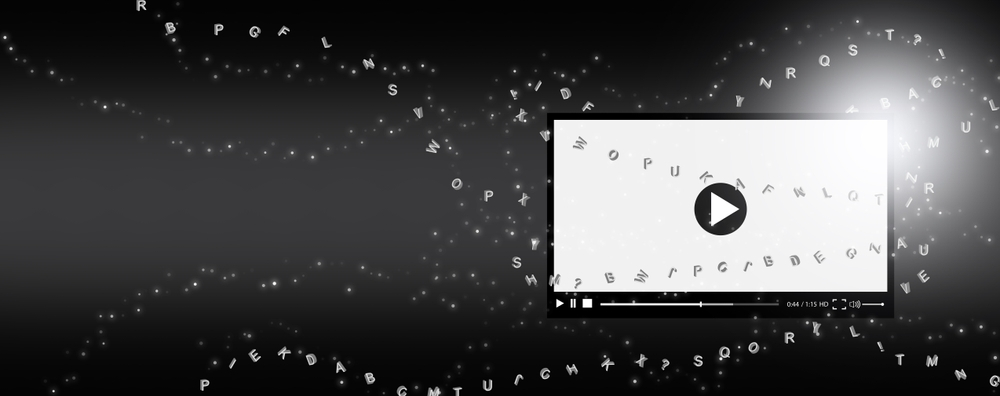Highlights:
- Sora, a diffusion model, uses generative machine learning to create images or videos. It refines random noise into structured patterns based on learned data distributions.
- Sora has the ability to create intricate scenes featuring multiple characters, precise motion types, and detailed subject and background elements.
OpenAI has recently introduced Sora, a novel text-to-video model capable of producing videos with a duration of up to one minute. It ensures both visual excellence and alignment with the user’s provided prompt.
OpenAI’s Sora Text-to-video technology is arguably the next significant advancement in artificial intelligence, and OpenAI is not the pioneer in this domain. Meta Platforms Inc., Google LLC, Runway AI Inc., and other entities also provide comparable services. The overarching challenge across these services has been achieving high quality. While some existing services produce remarkably impressive videos, the ultimate goal is to create realistic videos, a feat not all of them have mastered.
OpenAI’s Sora operates as a diffusion model, falling under the category of generative machine learning models. It crafts data, including images or videos, by iteratively refining random noise into organized patterns, relying on learned data distributions. Sora possesses the capability to produce intricate sequences comprising numerous characters, distinct forms of motion, and precise particulars of the subject and backdrop. Furthermore, the model possesses knowledge not only of the information requested in the query but also of the physical manifestations of that which was requested.
OpenAI asserts that the model possesses a profound comprehension of language, facilitating precise interpretation of prompts and the generation of “compelling characters that express vibrant emotions.” Additionally, the service can produce multiple scenes within a single generated video, adeptly capturing the essence of characters and visual style.
Creditably, OpenAI has been transparent about the limitations of the Sora text-to-video AI model. In its current testing phase, Sora exhibits weaknesses, such as challenges in accurately simulating the physics of intricate scenes and potential difficulties in understanding specific cause-and-effect instances. Spatial details in the prompt, like distinguishing between left and right, might be confused by the model. Moreover, Sora might face difficulties in delivering accurate descriptions of events unfolding over time, such as tracking a specific camera trajectory.
While the model has its imperfections, it is in its early stages, and some of the initial demonstrations are remarkably impressive.
While OpenAI Sora appears impressive, ChatGPT users will need to exercise patience before gaining access. Presently, Sora is exclusively accessible to designated “red teamers” for evaluating potential risks and areas of concern. OpenAI is also extending access to visual artists, designers, and filmmakers, seeking feedback to enhance the model and tailor it to be most beneficial for creative professionals.
OpenAI said, “We’re sharing our research progress early to start working with and getting feedback from people outside of OpenAI and to give the public a sense of what AI capabilities are on the horizon.”





























































